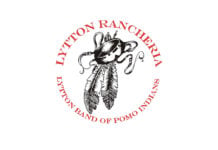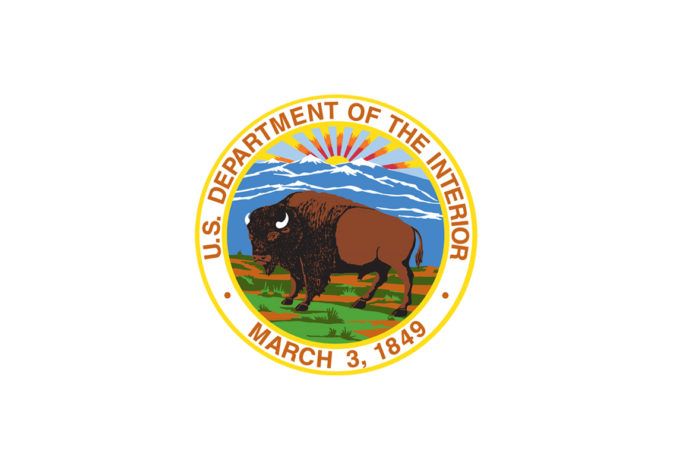WASHINGTON, D.C. – The Department of the Interior released initial guidance for states interested in applying for federal grants that will fund the proper closure and cleanup of orphaned oil and gas wells and well sites, a key investment of the Bipartisan Infrastructure Law. The law includes $4.7 billion for orphaned well site plugging, remediation, and restoration activities. Separate guidance will be shared with tribes for additional targeted resources, as well as notices for nation-to-nation consultation, in the coming weeks.
“The Interior Department is committed to helping working families, often in rural and tribal communities, who face hazardous pollution, toxic water levels, and land subsidence both during energy development and long after extractive companies have moved on,” said Secretary Deb Haaland. “The Bipartisan Infrastructure Law’s historic investments will help revitalize these local economies and support jobs, all while addressing environmental impacts from these legacy developments.”
“The Bipartisan Infrastructure Law lays out aggressive timelines to stand up programs and get money out the door,” said Senior Advisor and Infrastructure Coordinator Winnie Stachelberg. “The Interior Department is on track to meet those timelines and is already getting to work building out programs that will require new structures, such as the orphan well program. We will continue to work as quickly and efficiently as possible in coordination with tribes, states, and across the federal family.”
The new guidance outlines eligible activities that states may use grant funding for, including plugging wells, remediating and reclaiming lands impacted by oil and gas development activities, and removing infrastructure associated with the wells. It also includes information on how states can apply for the grant opportunities, and timelines for implementing the programs.
Each state may receive up to $25 million initial funding for eligible activities that will help carry out these provisions. They also have until Dec. 30, 2021, to notify the Department if the state intends to apply for a larger formula grant.
Millions of Americans live within a mile of hundreds of thousands of abandoned mines and oil and gas wells. Orphaned oil and gas wells jeopardize public health and safety by contaminating groundwater, seeping toxic chemicals, emitting noxious gases including methane, and harming wildlife. In addition to addressing this legacy pollution, these investments create immediate jobs and build the foundation for additional jobs in the future once sites are cleaned up and can support new economic development opportunities.
Secretary Haaland recently visited the Los Angeles area in California, which has one of the highest concentration of wells in the country, where she viewed idle and orphaned well sites in Wilmington. She also participated in an environmental justice roundtable to learn about community-based priorities for addressing the devastating and long-lasting effects of legacy pollution.













































